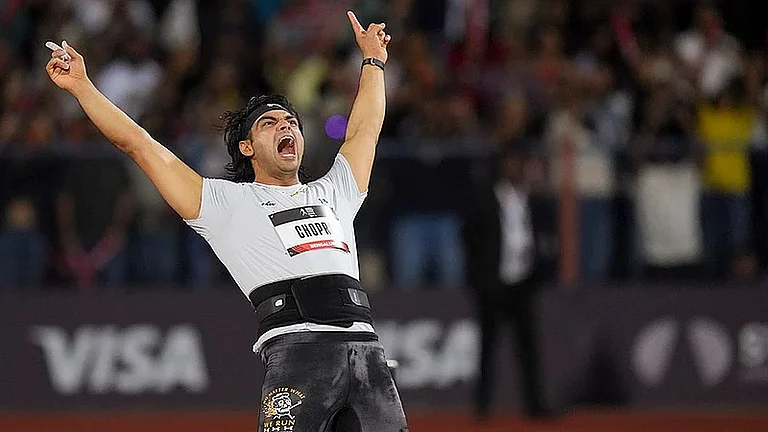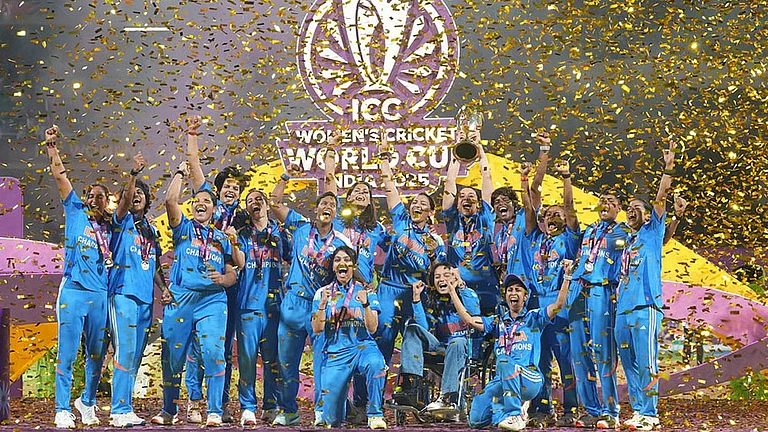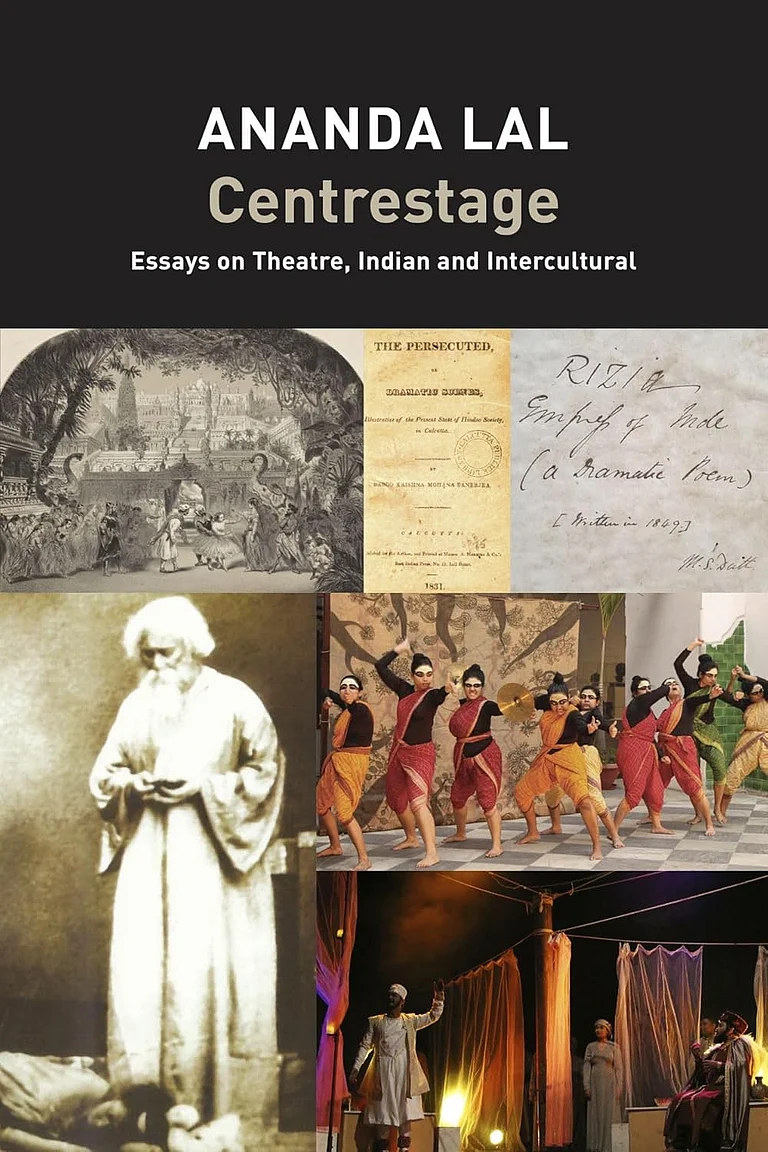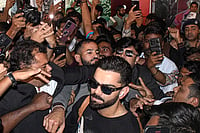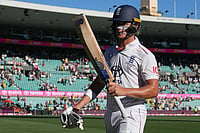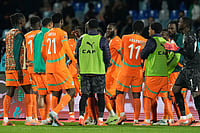Publisher and author Richa Jha has assembled an exhibition that does what few art shows in Delhi dare to do: take children’s literature seriously as a site of visual imagination, cultural memory, and aesthetic inquiry.
Titled Becoming: 130 Years of Indian Children's Book Illustration, the exhibition curated by Jha unfurls like a time-travelling picture book. On the walls hang over 120 illustrations drawn from the last century, charting a visual history of childhood as imagined—and constructed—by artists, designers, and storytellers. From rare lithographic prints of early Indian children’s books to digital experiments by contemporary illustrators, Jha’s curation is ambitious in scope as well as emotionally precise.
The show resists nostalgia. While it features historic illustrations by canonical figures like Abanindranath Tagore—whose soft washes of Bengali modernism laid the foundation of Indian children’s art—it also pushes forward, foregrounding the radical and the strange. There are monsters who grin gently, houses that breathe, and clouds that sulk. Even the alphabet grows legs and scurries across the pages.
Nowhere does the exhibition slip into a didactic tone. Instead, it invites viewers to consider how meaning is constructed not through text or image alone, but through their constant tension. “We wanted to draw attention to how text and image don’t just accompany each other—they provoke, they contradict, they play,” Jha says. This ethos governs the show’s structure: instead of grouping works chronologically or by artist, the exhibition is loosely arranged by mood and theme, a curatorial move that allows viewers to trace the emotional and imaginative across time.
Indeed, to view this show is to be reminded of the elasticity of a child’s gaze. Unlike most exhibitions, which either pander to children or exclude them entirely, Becoming treats them as both audience and authors. Artists such as Priya Sebastian, Ruchi Mhasane, and Eva Sanchez Gomez present works that are layered, irreverent, and politically attuned.Gomez's illustrations, for example, are surreal, strange even —closer inspection reveals an undercurrent of social satire and environmental critique.
The inclusion of indigenous visual traditions—Gond, Bhil, Madhubani—is another of the show’s crucial interventions. It challenges the dominance of English-language and urban-centric narratives in Indian children’s publishing. A Gond panel sits next to a comic-style digital spread, collapsing assumed hierarchies of form. As Jha notes, “The child doesn’t distinguish between folk, digital, or modernist.” Some of the most moving works are those where image and text misalign—where meaning slips between the seams of narration. These moments of narrative dissonance are the ones children often latch onto and adults overlook. The exhibition honours that ambiguity, allowing room for multiplicity, confusion, even contradiction.
Equally striking is the archival segment. Prints from Khirer Putul, one of the earliest children's books in India, are shown alongside British colonial-era children’s books—texts that reveal the racialised, moralistic gaze once imposed on Indian childhood. That gaze is countered by the riot of forms and freedoms that make up contemporary illustration. The evolution is not merely aesthetic—it is political.
The exhibit, housed in the gallery space of the Kamaladevi Complex at the India International Centre, is intimate and open-ended. No wall texts smother the images. No audio guides lead the eye. Instead, viewers are asked to sit with the work, respond intuitively.
In an industry where illustration is often seen as ancillary or lesser, Becoming makes a radical claim: that children’s books are not marginal curiosities, but sites of artistic invention and cultural critique. That illustration is not mere decoration, but a visual language of its own.
And perhaps that is the show’s most significant offering: to recover, through the eyes of the child, a more capacious way of seeing, with wonder, curiosity, and instinct.








